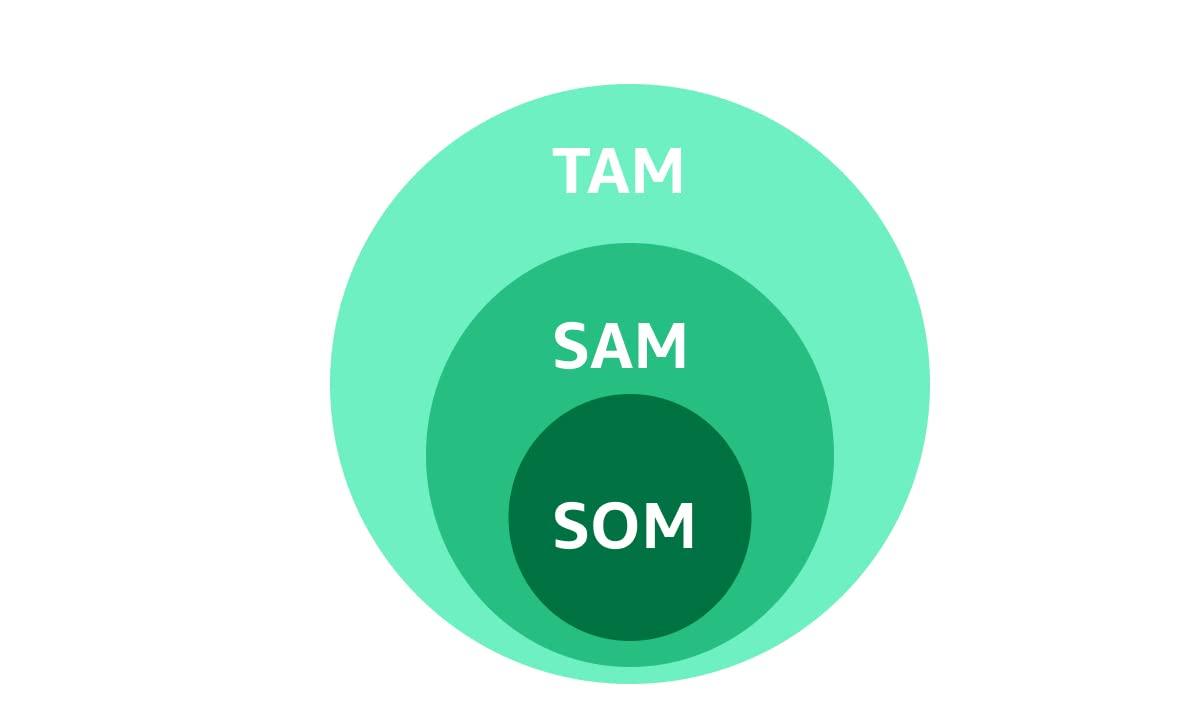Microphone sound quality plays a crucial role in the effective transmission of information in a variety of fields, from business communication to music production. Improving microphone sound quality is a constant focus for professionals who seek to enhance the listener experience and ensure accurate and clear reproduction of voice or instruments. In this article, we will examine key strategies and techniques for improving microphone sound quality, offering valuable insights and guidance for those seeking to optimize audio capture and reproduction.
Choosing the right microphone for your needs
If you’re looking to improve the sound quality of your microphone, it’s essential to choose the right equipment to meet your specific needs. Before purchasing a microphone, consider the environment in which it will be used, the type of voice or instrument that will be captured, and the recording conditions. Here are some tips to help you make the right choice:
- Learn about the types of microphones: There are several types of microphones, each suited for different purposes. Dynamic microphones are ideal for noisy environments, while condenser microphones offer a wider frequency response and are great for studio recording.
- Consider microphone directionality: The directivity of a microphone determines how well it picks up sounds from the environment. Omnidirectional microphones pick up sound from all directions, while directional microphones focus on only one specific sound source.
- Check sensitivity and frequency response: A microphone’s sensitivity determines how well it will pick up soft sounds, while its frequency response indicates the frequency range that the microphone can pick up. Choose a microphone with the appropriate sensitivity and frequency response for your intended purpose.
Also, don’t forget to consider the microphone’s construction and durability, as well as its compatibility with your audio equipment. By following these tips, you’ll be able to choose the right microphone for your needs, thereby improving the sound quality of your recordings and live performances.

Proper positioning and acoustics to optimize sound
How to improve microphone sound quality
When it comes to getting the best sound quality from a microphone, proper positioning and acoustics play a crucial role. To optimize the sound of your microphone, it is important to consider the following tips:
- Positioning: Place the microphone on a stable stand and adjust the height so that it is in line with the speaker's mouth. This ensures that the sound is captured clearly and accurately.
- Suitable environment: Choose a quiet environment without a lot of external noise. Use acoustic panels to minimize reverberation and echo, which helps improve the clarity of the recorded sound.
- Distance: Maintain an appropriate distance between the microphone and the sound source to avoid distortion or excessive noise.
Additionally, it’s important to invest in a good microphone with a polar pattern suited to the type of recording you intend to do. A directional microphone, for example, is ideal for studio recordings, while an omnidirectional microphone is better suited for capturing ambient sounds. By following these tips and considerations, you’ll be on your way to significantly improving the sound quality of your microphone.

Technical adjustments and equalization to improve audio quality
How to improve microphone sound quality
When it comes to recording audio, the sound quality of your microphone plays a crucial role. Therefore, technical adjustments and proper equalization are essential to ensure the best possible audio quality. First of all, it is important to choose a good quality microphone, but in addition to that, there are some techniques that can be used to further improve the sound quality.
One of the first steps to improving the sound quality of your microphone is to adjust the appropriate technical settings. This includes adjusting the microphone’s sensitivity, gain, and impedance as needed. Additionally, equalization is essential to ensuring that the different components of the sound are balanced, eliminating unwanted frequency peaks and emphasizing important frequencies. By making technical adjustments and equalization, you can achieve clearer audio with less noise and better definition.

Testing and adjusting the sound to ensure final quality
How to improve microphone sound quality
When it comes to ensuring the final sound quality, testing and adjusting your microphone is crucial. To improve the sound quality of your microphone, it is important to follow some simple but effective tips and techniques. First, make sure that the microphone is positioned correctly, at an optimal distance from the sound source. This can help minimize the pickup of unwanted noise and ensure clearer, crisper sound quality.
Additionally, performing audio tests before recording is essential to fine-tune the sound and ensure the final quality. Be sure to check the volume level of your microphone and adjust as needed. This can help avoid distortion or recordings at a volume that is too low. Another important aspect is choosing the recording environment. A quiet space with good acoustics contributes significantly to the quality of the sound captured by the microphone.
In retrospect
The quality of a microphone's sound can be improved through various techniques and practices. Using high-quality equipment, correctly configuring the microphone, using suitable accessories, and adopting good recording practices are essential to ensure the best performance of the equipment. In addition, the constant search for knowledge and technical improvement are essential to improving the sound of the microphone. By following the guidelines and tips presented in this article, it is possible to obtain excellent results in the quality of the audio captured by the microphone. We hope that this content has been useful and informative in improving the sound quality of your microphone. We remain available to answer any questions and contribute to improving your recording and audio production skills.

